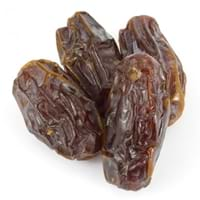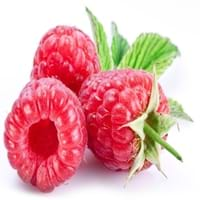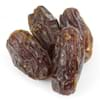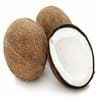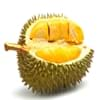Health Benefits
Cancer prevention, Cures gastro-intestinal troubles, Diarrhea treatment, Heart care, Heat stroke treatment, Improves muscular strength, Prevents constipation, Prevents nerve damage, Strengthening of bones
Cancer prevention, Heart care, Prevents macular degeneration, Reduces blood circulation problems
General Benefits
Boosts immune system, Maintains healthy cholesterol level, Strengthens bones
Anti-inflammatory properties, Controls blood sugar levels, Digestive aid, Eye care, Helps in weight loss
Skin Benefits
Anti-aging benefits, Brightens and lightens complexion, Reduces wrinkles, Treatment of skin diseases
Anti-aging benefits, Brightens and lightens complexion
Hair Benefits
Prevents hair loss, Promotes longer and healthier hair, Protects hair, Regulates hair growth
Acts as moisturizer, Regulates hair growth, Shiny hair
Allergy Symptoms
Redness of eyes, Runny nose, Sneezing, Watery eyes
Breathing difficulty, Eczema, Hives, Itching, Nasal congestion, Runny nose, Sneezing, Watery eyes, Wheezing
Side Effects
Allergic reaction, Diarrhoea, Intestinal gas, Stomach pain, Tooth decay, Weight gain
Allergic reaction
Best Time to Eat
Any time except an hour after meal, Don't consume at night and before bed
Best if taken as a breakfast (or empty stomach), As a snack in the late afternoon, Don't eat after meal, Morning time (before lunch)
Vitamin B5 (Pantothenic Acid)
Vitamin C (Ascorbic Acid)
Vitamin K (Phyllochinone)
Calories in Fresh Fruit with Peel
Calories in Fresh Fruit without Peel
Not Available
Not Available
Calories in Frozen Form
Not Available
Calories in Canned Form
Not Available
Season
Spring, Summer
Summer
Varieties
Barhi, Dayri, Deglet Noor, Halawy, Khadrawy, Medjool, Thoory and Zahidi
Amity, August Red, Boyne, Canby, Caroline, Comet, Dinkum, Dorman Red, Latham, Meeker, Black Hawk, Hayda, Lauren, Meeker and Latham
Color
Black, Brown, Red, Yellow
Black, Purple, Red, Yellow
Origin
Iraq
Europe, North Asia
Soil Type
Clay, Loam, Sand
Sandy loam
Climatic Conditions
Hot, Warm
Cold
Facts about
- Date is known as the tree of life in Middle east.
- Date palms cover 3% of the earth's total farmlands.
- Scholars believe that date (and not apple) was the real fruit mentioned in the Bible's Garden of Eden.
- There are more than 200 varieties of raspberries.
- In USA, 90% of the raspberries are grown in Washington, California and Oregon.
- They do not ripe after they are picked.
- A raspberry contain 100 to 120 seeds.
Spirits
Not Available
Yes
Cocktails
Not Available
Yes
Top Producer
Egypt
Russia
Other Countries
Algeria, Iraq, Oman, Pakistan, South Africa, United Arab Emirates
Azerbaijan, Canada, Mexico, Poland, Serbia, Spain, Ukraine, United Kingdom, United States of America
Top Importer
India
United States of America
Top Exporter
United Arab Emirates
Poland
Botanical Name
Phoenix Dactylifera
Rubus Idaeus
Synonym
Not Available
Not Available
Subkingdom
Tracheobionta
Tracheobionta
Division
Magnoliophyta
Magnoliophyta
Class
Liliopsida
Magnoliopsida
Subclass
Arecidae
Rosidae
Family
Arecaceae
Rosaceae
Species
P. dactylifera
R. idaeus
Difference Between Date and Raspberry
We might think that Date and Raspberry are similar with respect to nutritional value and health benefits. But the nutrient content of both fruits is different. Date and Raspberry Facts such as their taste, shape, color, and size are also distinct. The difference between Date and Raspberry is explained here.
The amount of calories in 100 gm of fresh Date and Raspberry with peel is 282.00 kcal and 53.00 kcal and the amount of calories without peel is Not Available and Not Available respectively. Thus, Date and Raspberry belong to High Calorie Fruits and Low Calorie Fruits category.These fruits might or might not differ with respect to their scientific classification. The order of Date and Raspberry is Arecales and Rosales respectively. Date belongs to Arecaceae family and Raspberry belongs to Rosaceae family. Date belongs to Phoenix genus of P. dactylifera species and Raspberry belongs to Rubus genus of R. idaeus species. Beings plants, both fruits belong to Plantae Kingdom.
